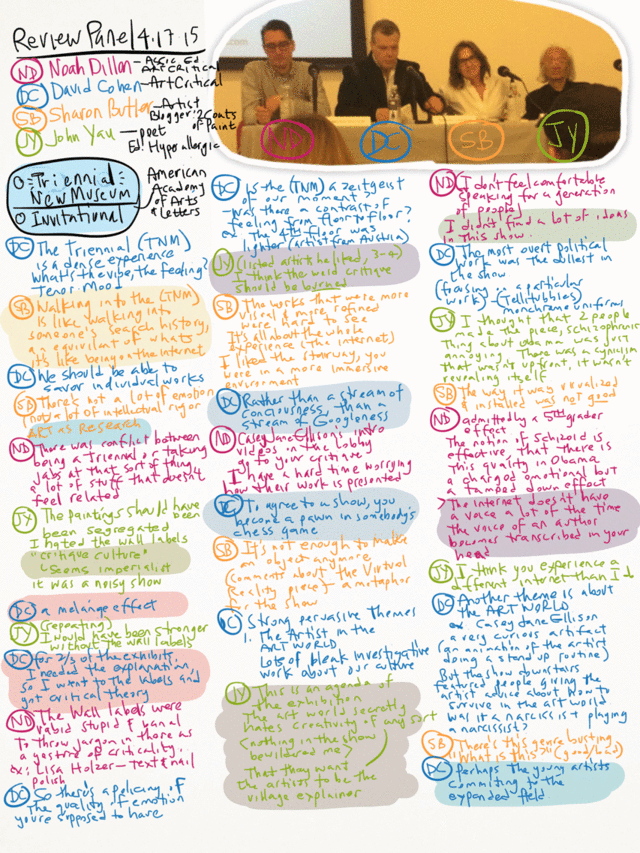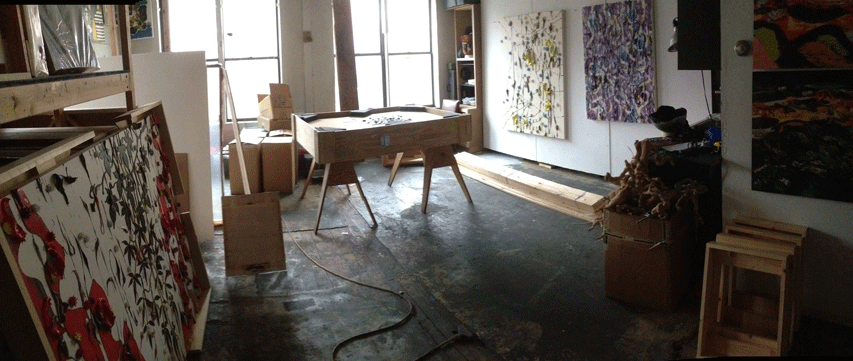April 30, 2015
Tiny Moments
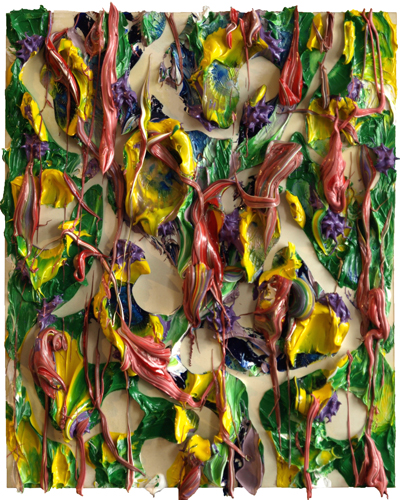
Tiny Moments
2014
WOP 5-14
Oil on Paper
12"x10"

DRT
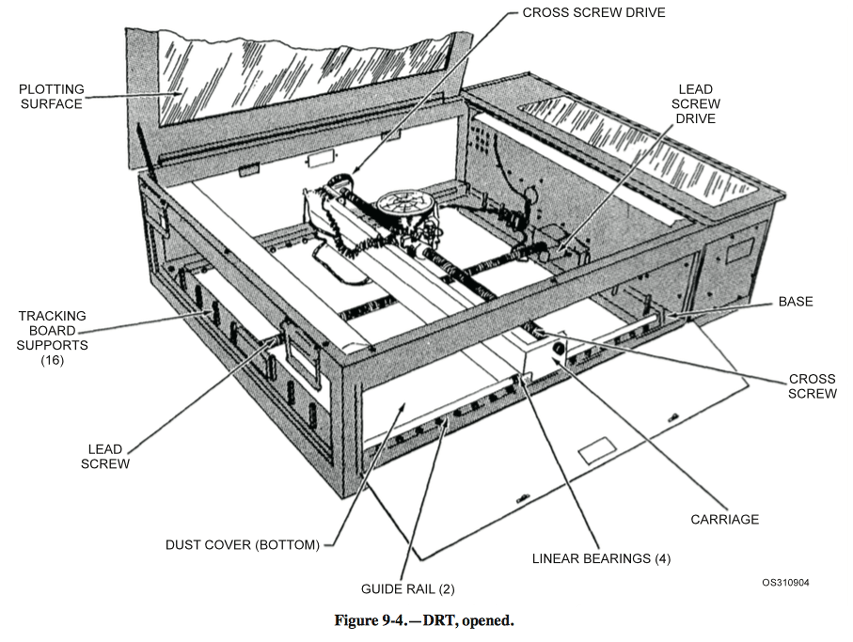
When I was a sailor, I worked in the Combat Information Center (CIC), a dark room behind the ships bridge, lit full of radar and computer displays. The DRT was a legacy of the infant information age CIC, I came aboard ship when a new era was dawning, the Naval Tactical Data System, computers slaved to radars with humans interpreting between them. This new world had distributed intelligence and coordinated links connecting shared information. It was an early preview of the world we take for granted today. The DRT was a paper and pencil precursor of what was to come. Radar contact range and bearings were called out by an operator and the plotter on the DRT would draw an image of the world on tracing paper stretch across an illuminated glass box. A compass rose that moves as the ship does was projected to the paper from below and relative locations of other ships in the vicinity are plotted in real time. The CIC is a cognitive cognate of the ship, the world drawn on an illuminated piece of paper with identities assigned to all contacts: friendly, unknown and hostile. It is a veritable cranium stuffed full of chattering fragments of selves illustrating a world outside as the ship advanced into a dark Pacific abyss.
Bridge, Combat!Bridge Aye!
Combat recommends course 250!
Bridge Aye!
***
Bridge, Combat!Bridge Aye!
Combat reports new unknown contact Oscar, bearing 210, 12,200 yards. Course 065, speed 15 knots.
Bridge Aye!
Theatrical lighting. Coffee cups. Log books were kept in pencil and not ink in case the ship sank. Ribald stories. Clocks ticked off the watch. Two chief petty officers, one that looked like Mr. Clean, bald with a gold ear ring, another with a van dyke and clean long fingernails that looked like he stepped off an Elizabethan court. Two first class petty officers, one big bear of a guy who was always ready to put you in a head lock, another nicknamed "Flash", whose nervous system was stuck on overdrive. Wires and cables everywhere, simultaneous conversations all around, inside and out of your sound powered headphones. Grease pencils glowed on edge lit plexiglass displays.
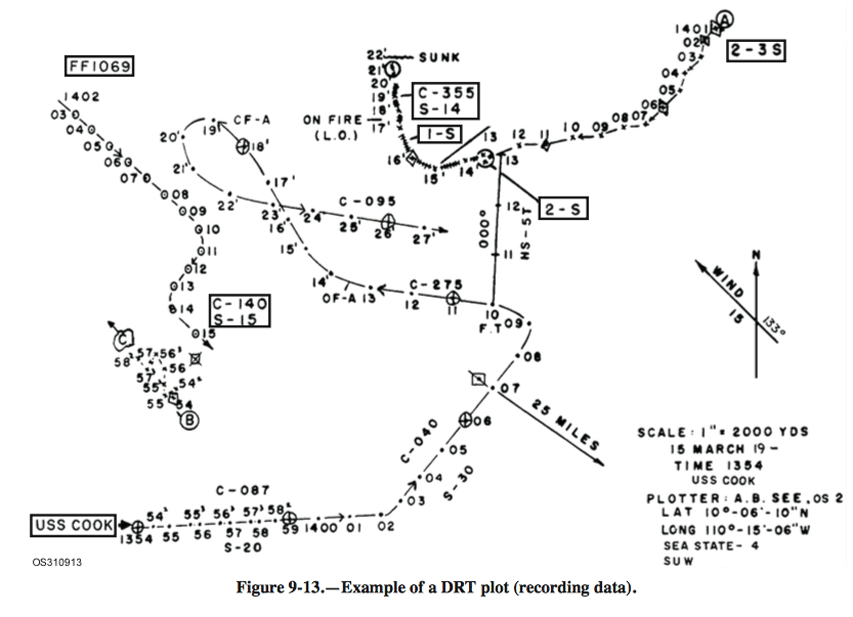
April 28, 2015
Present & Plentiful
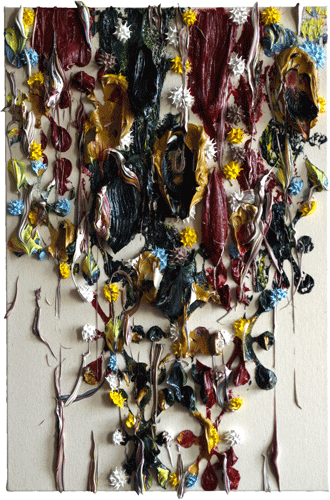
Present & Plentiful
2015
#487
30"x20"
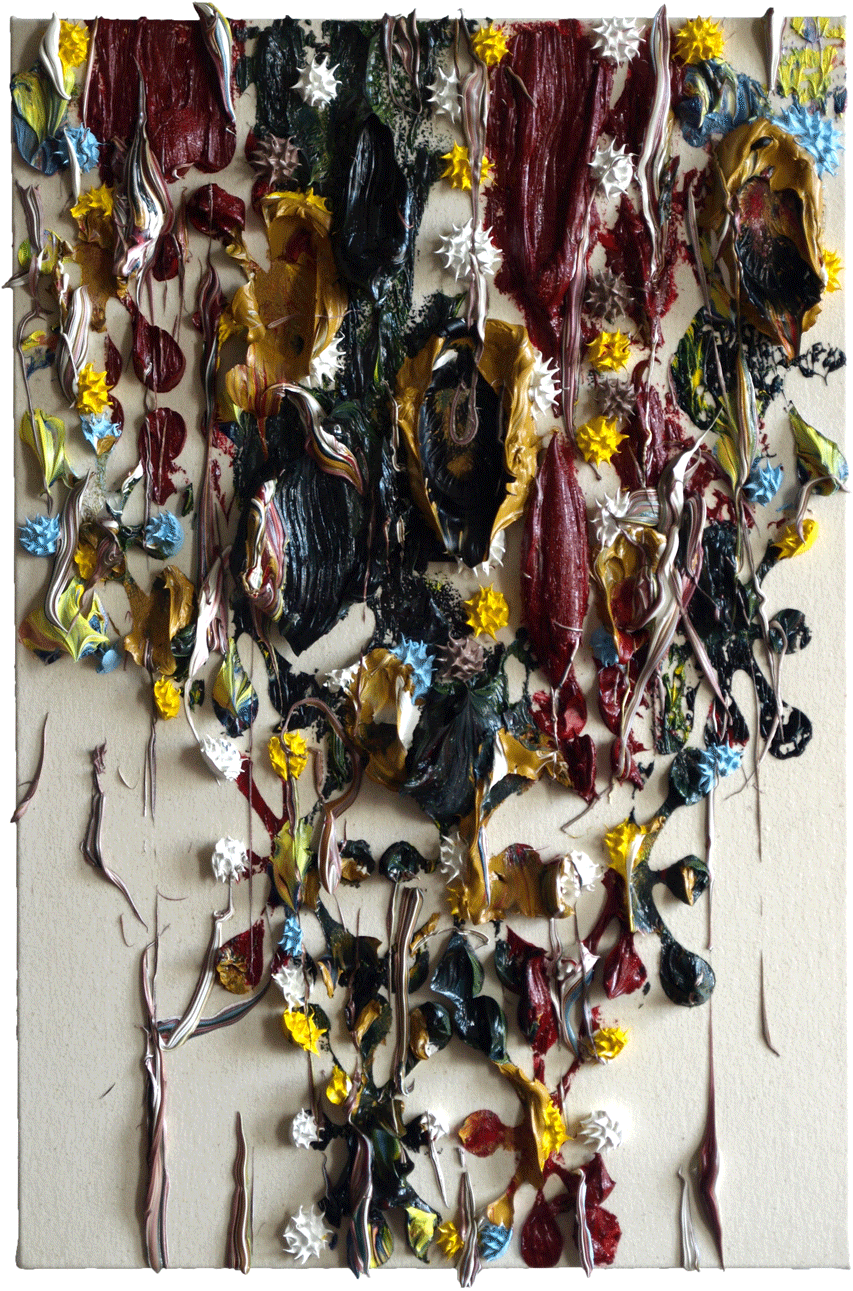
Paths to Veneration or Destruction

Paths to Veneration or Destruction
2015
#485
60"x48"
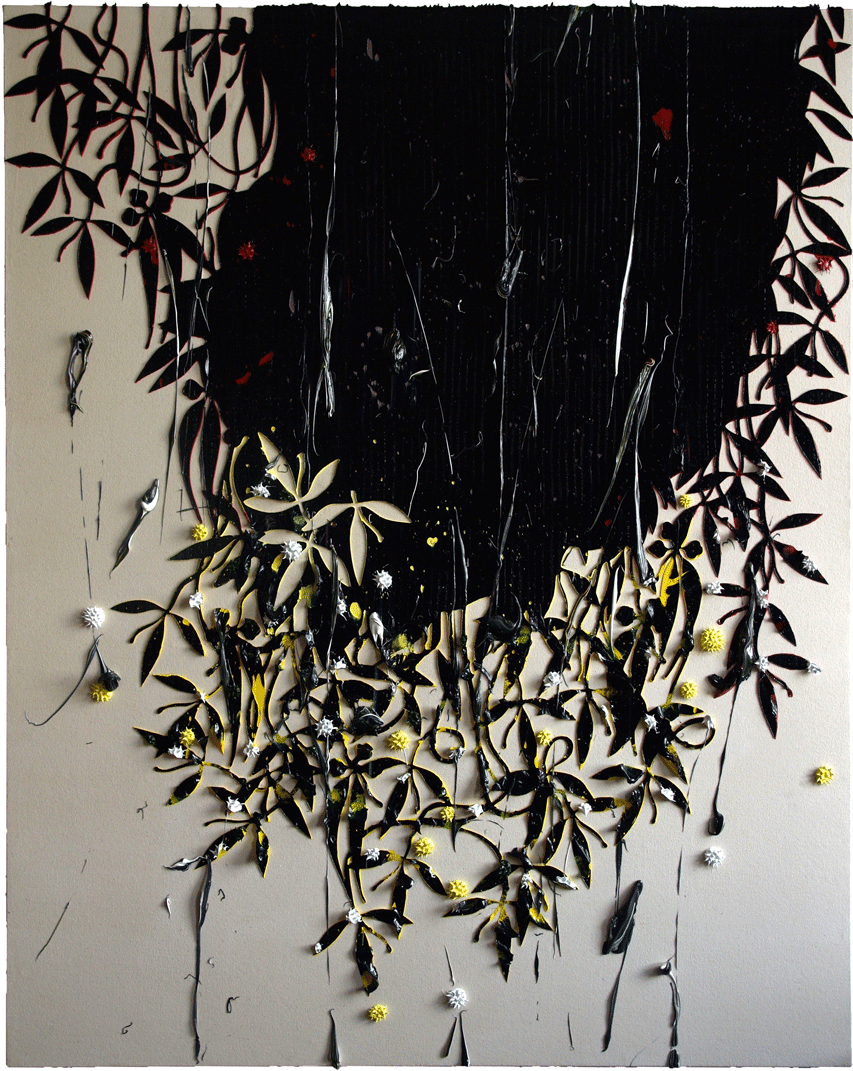
April 26, 2015
Culmination and Denial (Painting Beyond Pollock)
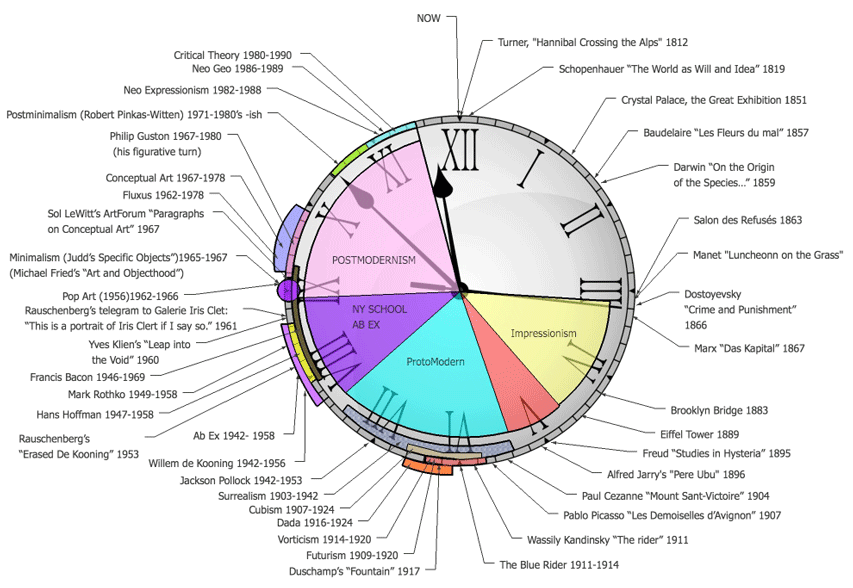
Consider, if you will, the two bookends of this interview with Morgan Falconer about the publication of his new book, Painting Beyond Pollock.
To start off, I have to ask you: why Pollock? Why not painting beyond Newman? Or Rothko? Or de Kooning?
In certain accounts of modern painting, Pollock is seen as a culmination. He was certainly seen by many artists at the time, people like Allan Kaprow, as having finished painting--as having brought it to a kind of culmination beyond which it couldn't go any further. Kaprow thought painting was over after Pollock, that he'd done the most with it that could be done.
My initial thought was that this illustrates the recognition that any nascent era first must push back from the previous one. I think that we are still circumscribed by postmodernism. We should have come to the realization that it had come to cumulation at the height of critical theory, precisely at the time of the fall of the Berlin Wall and the collapse of the Soviet Union at the beginning of the 90's. Twenty five years has passed without a critical reassessment. One of the problems involved is that many of us in the art world have a fragmentary idea about postmodernism. Indeed it is the dispersive tendencies due to the philosophical relativism which is the intellectual linchpin of that era that prevents us from seeing that it is not only the crown of the 20th century but also a unitary whole from Pop Art to Critical Theory and the sputter of activity that followed it afterwards into the first and now second decade of the next century. Admittedly, such a reassessment is a monumental task, to put it lightly... and many, many sacred cows would be gored in the process. So, we can understand that outside the ignorance of this critical imperative, there is a natural fear that inhibits what is now becoming an urgent task.
Look at the danger signs that loom in the torpor of this interregnum:
-the emergence of Zombie Art (not just painting but all media),
-a long accepted "end of criticism",
-the deferral of the museum to the marketplace,
-a herd instinct among curators and artists... especially emerging artists,
-the tendency of young artists to treat their generative arc in a manner similar to down-market fashion designers (where they first survey the "runways" and concoct a synthesis of trends for the marketplace),
-the clear and present danger of insider trading, market manipulation, bubbles and price signal confusion
-conflicts of interest that emanate from the role jumping between artist, curator, gallerist, museum, collector, critic
We must assess the end of the 20th century, and to the extent that we haven't yet done this, specifically: that what could be done with postmodernism has already been done, we won't be able to embark into the new era, our 21st century already in progress.
So reading this was good news for me. At last, the call to reassessment was sounding and the model can be located in the birth of postmodernism itself. I was almost about to buy his book, but by the time I drilled into the bottom of the interview, I was put off by this:
Your book is about celebrating painting while also putting it in perspective--in some ways, sidestepping debates about the death and life of painting.Lots of articles about painting start with this tedious thing, and I just want to get away from that--there's not much point talking about it. Painting is not in great health, but painters will end up continuing to paint and to turn out paintings worth looking at. I just don't think it's worth talking about whether it's dead or alive.
You could say that it's in decline...
So. Painting after Pollock seems to report that painting is not in great health. It's in decline, actually. Even though, according to Falconer, that painters will continue to turn out paintings that are merely "worth looking at", and not much more than that it seems. This sorry state of affairs is not worth talking about for this author, it is a tedious chore.
I think we have another declinist before us, ladies and gentlemen. Kevorkians abound to ease painting into that dark night.
Not wanting to address the "death of painting" meme misses a huge issue, pivotal, really. Why did painting have to die? Painting had to step aside for the emergence and recognition of its' other, the multitude of alternative media. This was a good thing in as much as alternative media deserved recognition in the world's stage. All argumentation requires a measure of artifice and hyperbole. A point of view necessarily backgrounds competing perspectives to achieve focus. But it is as if we have forgotten the operation of the suspension of disbelief.
This is what I was referring to in this October 19, 2010 blogpost, It's as if:
It's as if...We looked for the stars beside the sun, so we blocked it out with our hand.
And we found stars. Constellations. Nebulas. Galaxies. Other worlds.
And it was good. The world is bigger, better now that we know this.
But we forgot that the sun was there, even why it was there. Along the way, some of us became unaware that our hands are held aloft.
Others mumbled, then cried: "Fucking Sun! if it wasn't for you, we wouldn't have to hold our hands up to see the sky! You g-ddamm selfish asshole! You keep the sky for yourself! You hoard all the glory! DAMN YOU TO HELL!"
Caught in the passion of the era, many took the proposition that painting was over as a literal truth. A proposition was taken as an article of faith and the nostrums of postmodernism attained a religious glow, a kind of gleam that must have moistened Savonarola's eyes. What was gained was valuable but in a final analysis, art is not a zero sum game. Art without painting is impoverished, does this really need to be be said?
Apparently so.
That painting is yet vital, this is a notion that we need to be reminded of.

April 19, 2015
The City Life has Ended
Last Sunday was a sunny 77° for the first time this year, so Stephanie and I took the D Train to Coney Island to see where the city ended.
We found this wonderful duo playing on the boardwalk, A Flying Dodo Society. Life is a little richer now.

(More on the band here.)
Update: A few thoughts have cropped up overnight, more under the fold:
From the Brooklyn Eagle article at the link, we have an articulation of the band's philosophy:
As for their name, A Flying Dodo Society, they reassured that it was not merely random, but rather thoughtfully planned out.And from Federico Ausbury's Facebook's page, he provides this quotation:
"So the Dodo was a bird that lived in a very comfortable situation -- in this paradise where they had no predators and they just ate fruit that fell from the trees, which made it so they did not need their wings," Ausbury said. "When the humans got there, they had no way of preparing themselves for anything. "I see humans that way, where it's a pretty dangerous situation to not have to struggle to survive. So I see the human race pretty much as a Dodo -- and we have this story where someday the Dodos will come back flying and will avenge what we did to them back in the 1600s."
"I thought of the long ages of the past during which the successive generations of these things of beauty had run their course. Year by year being born and living and dying amid these dark gloomy woods with no intelligent eye to gaze upon their loveliness, to all appearances such a wanton waste of beauty. It seems sad that on the one hand such exquisite creatures should live out their lives and exhibit their charms only in these wild inhospitable regions. This consideration must surely tell us that all living things were not made for man, many of them have no relation to him, their happiness and enjoyment's, their loves and hates, their struggles for existence, their vigorous life and early death, would seem to be immediately related to their own well-being and perpetuation alone"
Alfred Wallace
Is he a declinist? Does he really think that humanity deserves punishment for its sins? There have lived some saints and martyrs who found ecstasy in their pain, and perhaps more so when it is encouraged to be witnessed by others. Self flagellation has a curious attraction after all. Or is he consciously employing artifice in the service of an argument and the marshaling of exotic philosophical instruments for creative ends?
If it's the former, that humanity must be made to atone, where does it end? For example, I'm listening to an audiobook by Scott Weidensaul, The First Frontier, a history of American aboriginal "indians" for the 15,000 years before European colinization. At the dawn of their civilization, they entered a continent chock full of large mammals, megafauna. While there is some controversy about whether the cause of extinction was natural or that humans simply hunted them to death (and they also altered the landscape by an extensive use of fire), plenty of evidence gives strength to the former cause.
It's curious that a utopian would entertain and even encourage the destruction of the human race. Believing in the need for the end of humanity is functionally equivalent to nihilism, believing in nothing is so adjacent to suicide as to beg identity. But they made good, wonderful music from this, of this I have no doubt. Is there a necessary connection between art and nihilism? Is this the foul wind that fills our sail?
There are two kinds of sails, one that cups the wind and follows course in its prevailing direction. Another acts kind of like an airfoil, cutting into the wind a such a tailored angle so that air passes past each side at different speeds, resulting in different pressures, which in turn results in a propulsive force.
Likewise, there is a way to sail into the foul winds that is this analogy to the romance our art world has with transgression and the darkness of nihilism. By carefully steering into it, you can generate a positive propulsion that might snatch a flower from the stink of despair and degradation.
So the question to be applied to all artists is, are you sailing into the wind or are you being simply and sadly carried to what ever direction it goes?
(After all of this musing, I have to repeat: A Flying Dodo Society is is both charming and brilliant, a real delight. They inspire me.)
Update: An interesting article about extinction here.
Review Panel 4/17/15
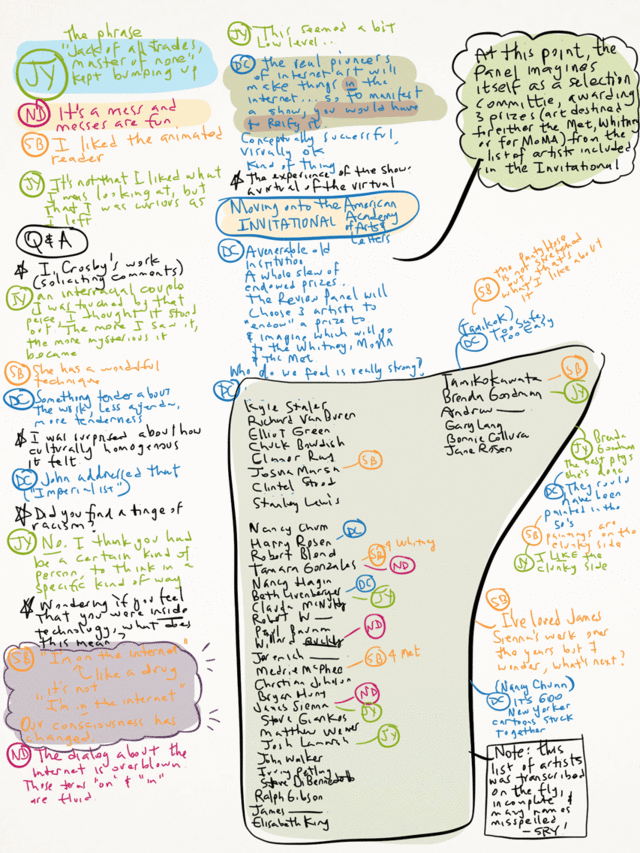
Here are my notes from David Cohen's Review Panel on April 17th, 2015. The panel focused on the New Museum's Triennial "Sound Audience" and the American Academy of Arts and Letters 2015 Invitational Exhibition of Visual Arts.
Some thoughts:
Much critical energy was spent on the Triennial in this Review Panel. It was striking that all the panelists were more or less in agreement that the internationalist address of the show eclipsed the particularity of each artists' cultural point of view with fashionably uniform academic critical theory jargon, aided (or betrayed?) by an abiding concern with the internet-as-subject... John Yau was sharpest, noting that the constant wall labels citing cultural critique seemed to him to be "...imperialist". David Cohen summarized the panel's concern about the (affectlessness?) effect of information age art, "Rather than a stream of consciousness, a stream of Googleness". Sharon Butler likened the internet as a drug in that people usually say "I'm on the internet" rather than "I'm in the internet". She said strikingly that "...our consciousness has changed". The panel noted in passing that this kind of exhibition agenda was perhaps an unfulfilled ambition of MoMA's "Forever Now" show.
I kept daydreaming about the possibility of switching shows with museum venues, what if the Triennial was installed in the American Academy and the Invitational was installed in the New Museum? This would have done nothing to save the homogeneity of academic group think in the Triennial but perhaps the critical voice would have been sharper in a contrasting traditional environment of the Academy's architecture. As for the visual register of the Invitational's entrants mounted in the New Museum, the only way to hang that show would be lower the ambient lighting and focus on each individual piece. (I'm not a big fan of the New Museum's disorientating internal architecture, by the way.)
Another daydream: each show needed the energy and address the other had... the material embeddedness of painting fused with the global disembodiment of our information age.
What would that look like?
Once the mask returns...
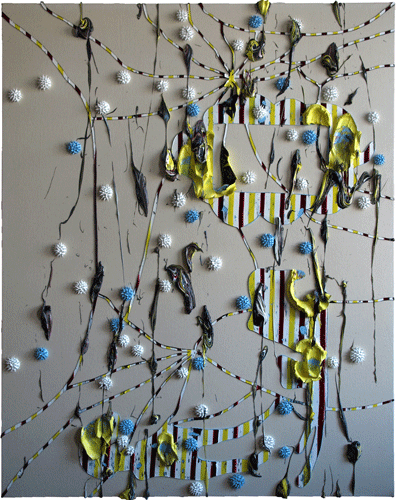
Once the mask returns...
2015
60"x48"

April 15, 2015
Atemporal Anomie
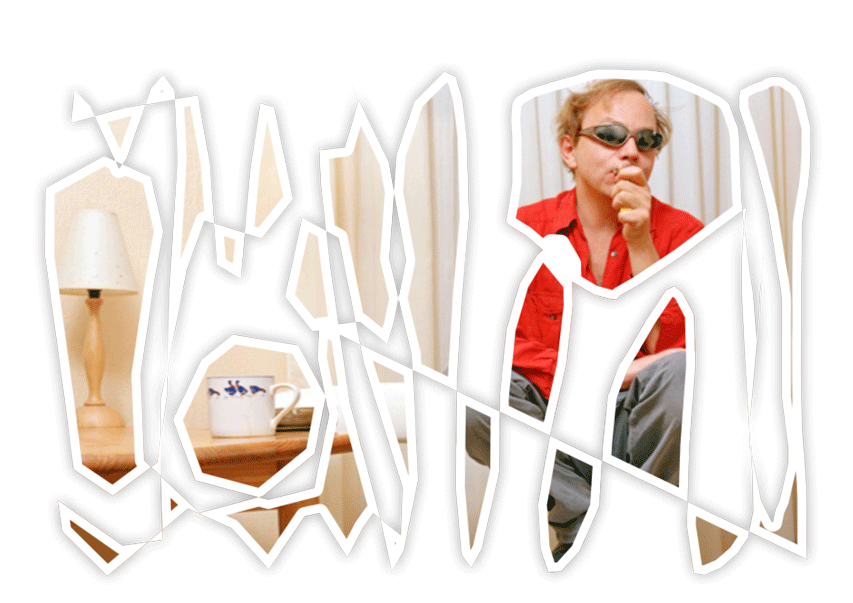
I'm thinking about the Forever Now show at MoMA, and the pushback that I had earlier mentioned here.
Mr. Houellebecq's analysis, on the other hand, is psychological, not historical. All his work is concerned with the anomie of postmodern existence, and the budding sense that postmodern liberation from laws sexual and economic has been a dismal failure. The existential angst that this failure arouses is compounded by the sense that there is no alternative.
More on Houellebecq here.
Patrimonio
After a studio visit, a friend sent me this video.
I sent him this letter of thanks:
I awoke in the middle of the night, thinking about the AK video. What fortune that he was born in the ashes of the Second World War! What genius he had for transgression in touching the most radioactive taboo! What a rich mine that he had to plunder with his childhood playground of ruins!
Comparisons are inevitable.
It sets me off thinking about my particular historical circumstances (*1), of my own opportunity for transgression (*2), and exactly what my own patrimony of childhood affords for mining (*3).
*1. Coming of age in the twilight of postmodernism
*2. The temerity to resurrect painting from its postmodern tomb
*3. A military brat living abroad in the 60's
I lie awake in these wee hours, wondering if my work is the proper resolution for the variables of this equation?
-Dennis
